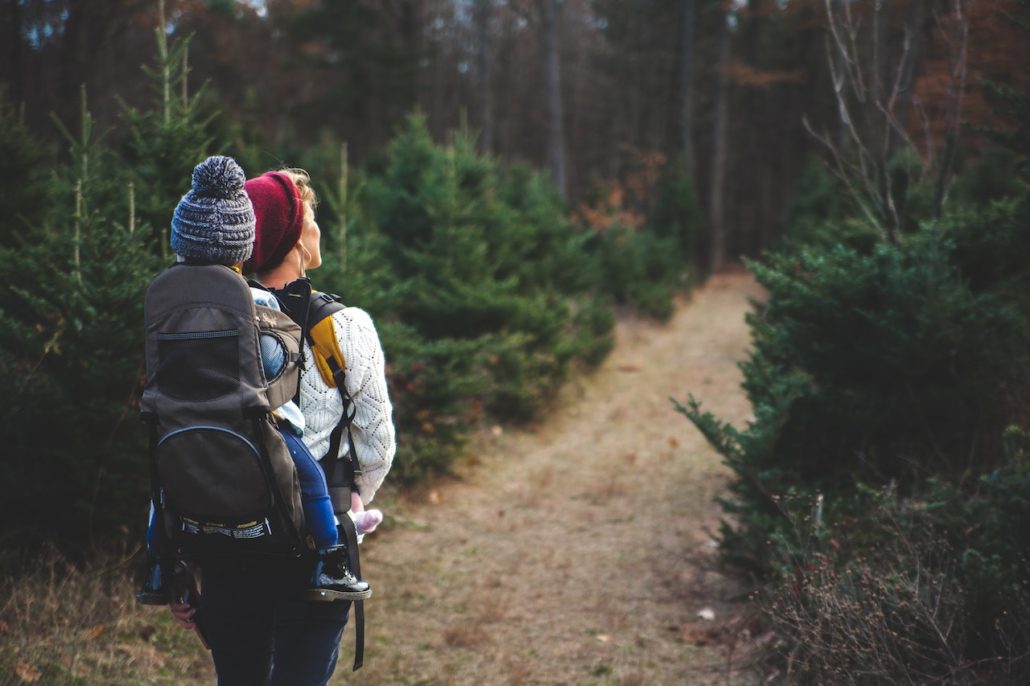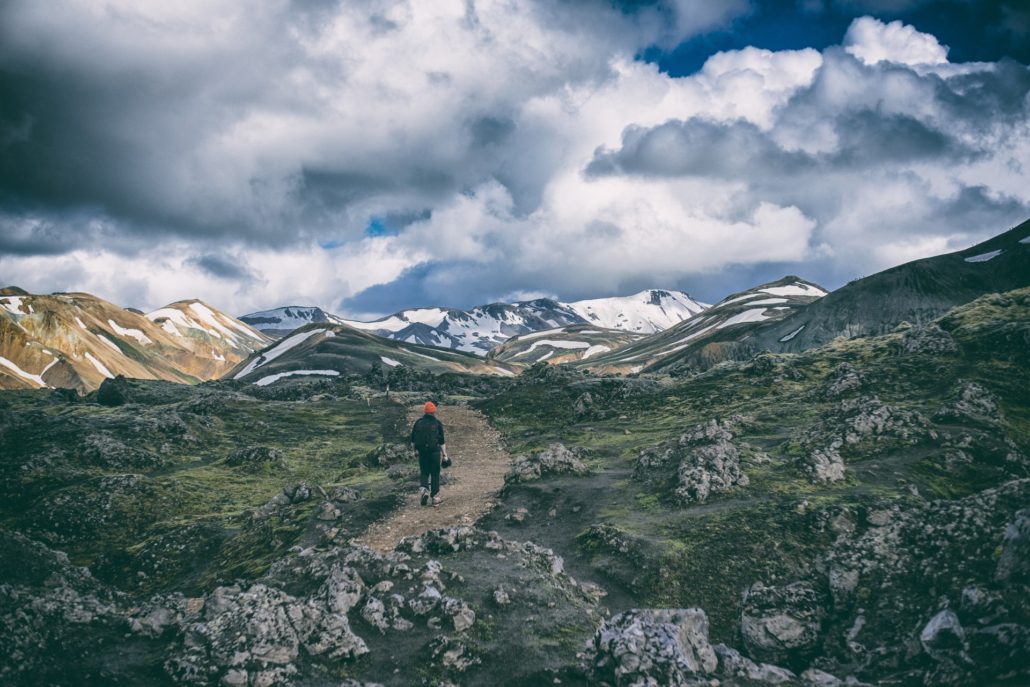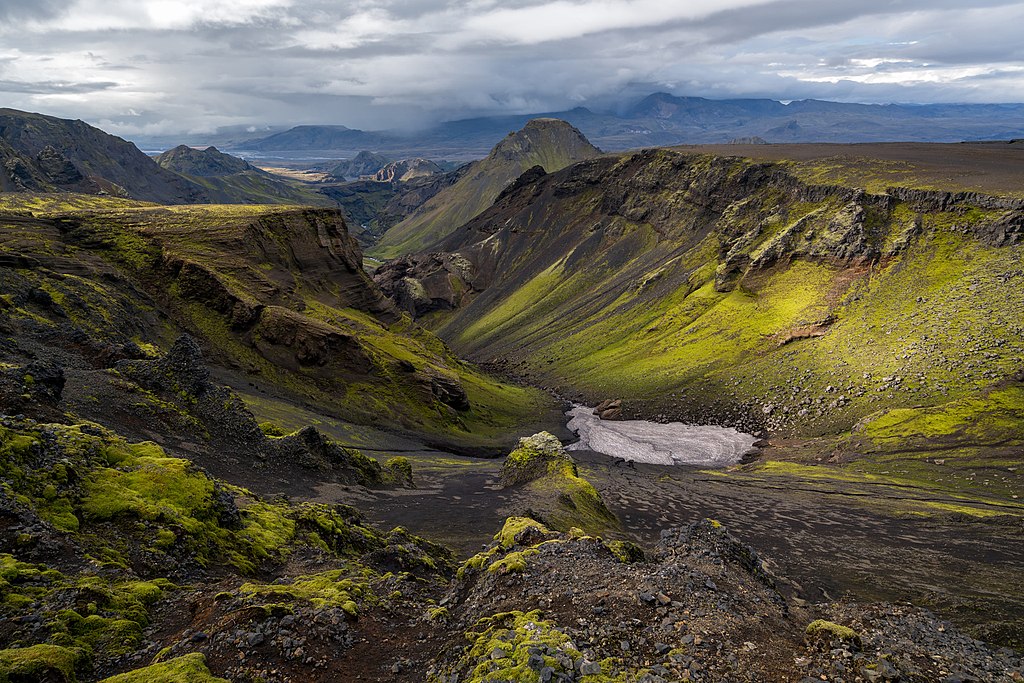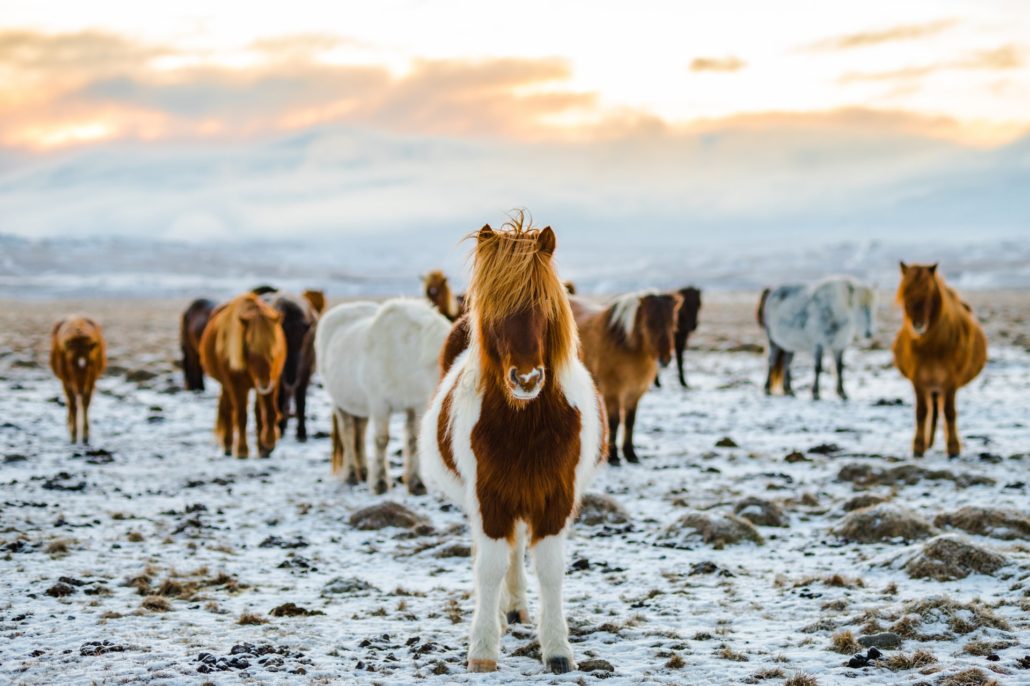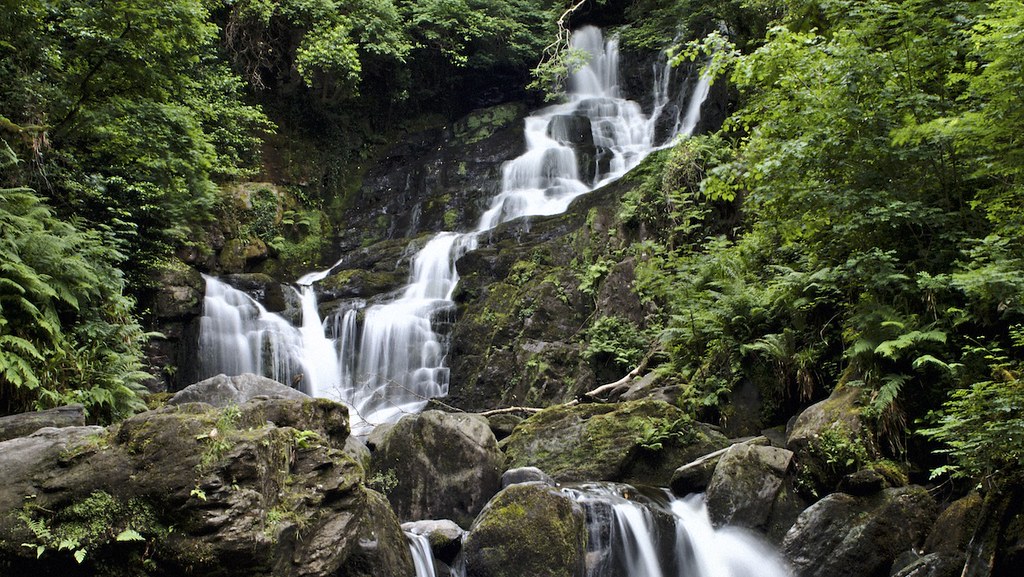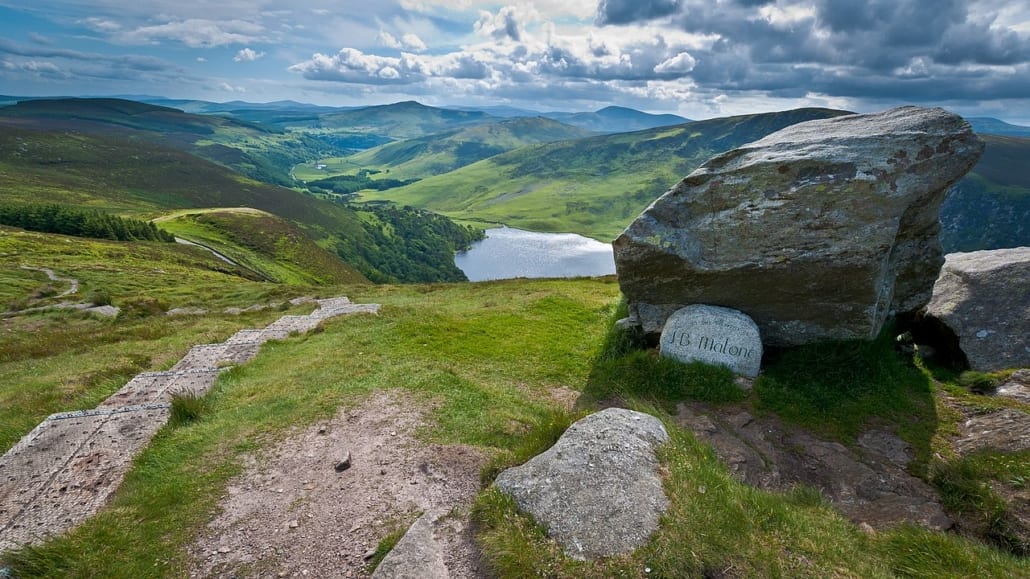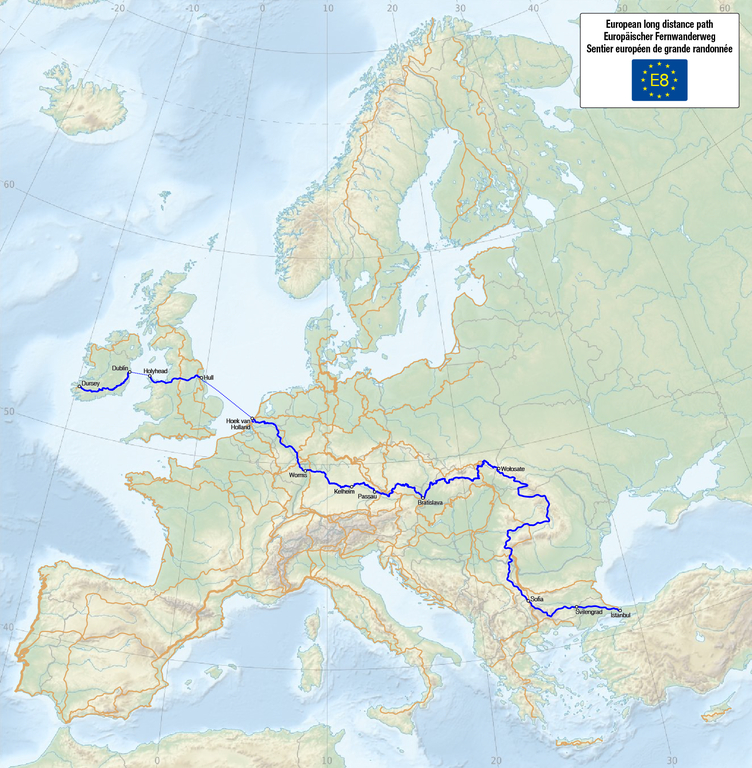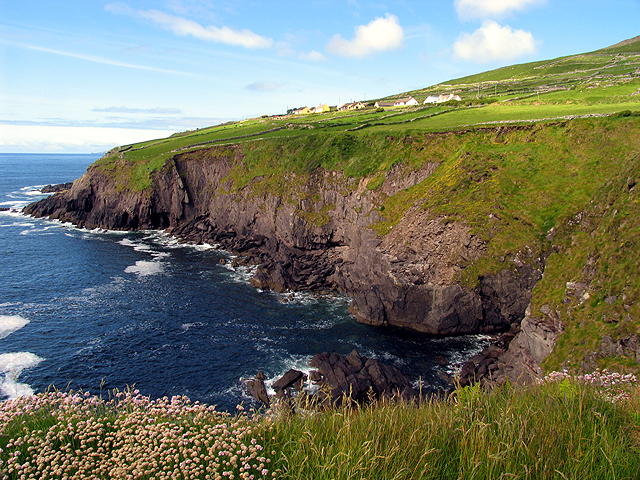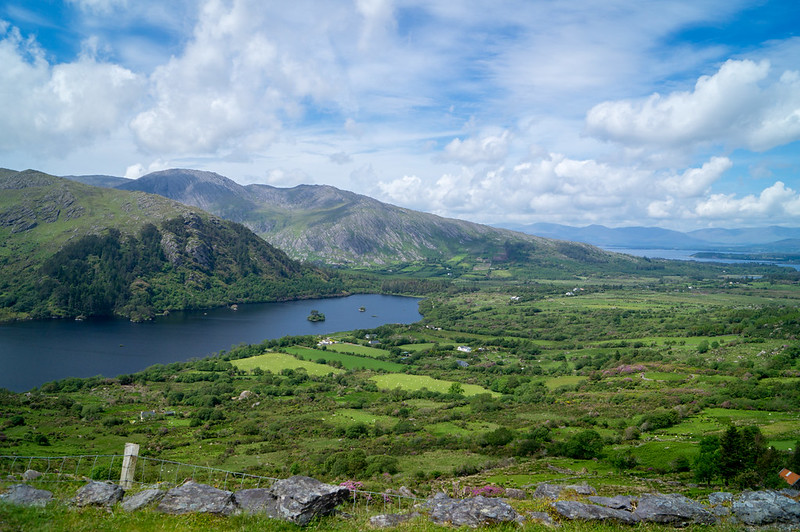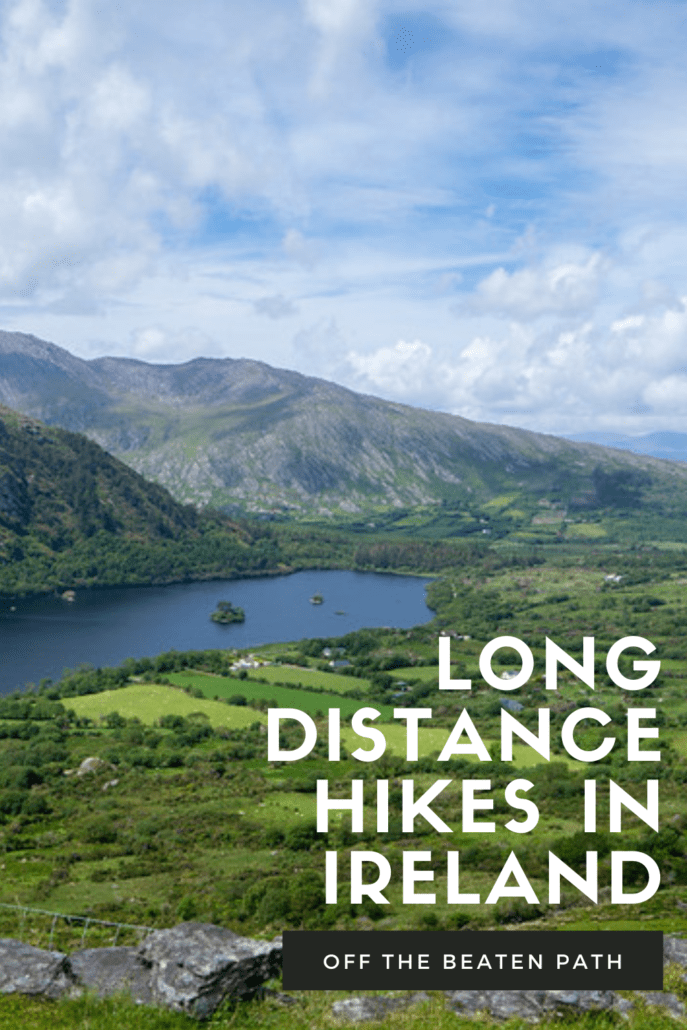Hiking has officially cemented itself as the most popular outdoor activity in America. The 2023 Outdoor Trends Participation Report saw over 881,000 new hikers going into 2023 alone, and that growth isn’t expected to stop in 2024. In fact, this surge in popularity may have convinced you to hike again soon.
Your preparations may involve taking steps to prevent injury on your trip, with our post How to Prevent the Most Common Hiking Injuries noting that you’re most vulnerable to cuts, scrapes, dehydration, insect bites, and poisonous plants on the trail. You can also get blisters, sunburn, hypothermia, sprains, and broken bones. It can be common sense to expect and prepare for these injuries, which is why you may overlook precautions you can take to protect other parts of the body.
Notably, you may need to pay attention to your eyes. Even if you wear the right clothes and pack a first-aid kit, you can still get into accidents if you can’t see or don’t look at where you’re going. That makes preserving your eyesight on the trail all the more important. Here’s how you can keep your eyes safe on your next hike.
Be wary of high-altitude retinopathy (HAR)
Mountain trails are a popular choice for hiking. To prevent eye injuries from marring how you experience them, you may want to learn about the main risk on ascending hikes: HAR. The American Academy of Opthalmology notes that this condition occurs from the lack of oxygen at high altitudes, which can prevent your eyes from getting the nourishment they need and cause temporary vision loss or obstruction that can affect your safety as you climb. If you plan to embark on an involved, multi-day ascending hike, you can prevent HAR by climbing no more than 900 feet a day. For shorter trails, ascend slowly so your eyes can acclimate to the higher altitudes.
Hydrate your eyes
Hiking in certain conditions can cause dry-eye syndrome, which occurs when your tear film evaporates too quickly to keep your eyes moist. You’re especially at risk if you plan to hike desert or mountain trails, where the air can dry out your eyes. The condition can create friction between your eyes and eyelids, causing an irritation that can impact your vision as you hike. So, if your eyes start feeling gritty or begin to sting, make sure you have some eye drops on hand to hydrate them as soon as possible. WebMD recommends using drops with lubricating ingredients like glycerin, as well as electrolytes that can heal the surface of your eyes upon application.
Wear the right protective eyewear
Though getting some good old vitamin D from the sun on your hikes can be beneficial, overexposure to its UV rays can lead to vision loss-causing conditions like cataracts. In the short term, you may get photokeratitis (also known as eye sunburn or snow blindness) from excess glare reflecting off water or snow, causing temporary vision loss on a hike. Wearing protective eyewear like sunglasses is crucial for preventing any of these conditions, so be sure to look for a pair with a UV 400 rating and polarized lenses to cut out glare. If you’re a serious hiker, you may want to invest in dedicated sports glasses for more hiking-specific features. Take the sunglasses from Oakley: aside from providing 100% UV protection, they use PRIZM polarized lenses that cut out glare while also enhancing visual color and contrast. Outdoor lovers may also appreciate that they come with Unobtainium ear socks to stay secure on your face and wraparound lenses to provide additional protection against dirt and debris that may scratch your eyes.
Top everything off with a hat
It’s always great to have additional protection. The Skin Cancer Foundation notes that hats can supplement sunglasses by blocking as much as half of the glare and UV rays you’re exposed to. For the best effect, buy a hat that has a brim at least 3 inches wide and is made of tightly woven material so no sunlight will seep through. And, like sunglasses, serious hikers may want to invest in a hat with additional features. The wide-brimmed sun hats from Sunday Afternoons have some great options you can look at. Made of UV-protective fabrics and inner mesh strips, they’re lightweight and breathable to wear on both long and short trails. Adjustable straps mean they’ll easily stay on your head in windy conditions. And if you’re big on skin protection, their neck capes extend the effectiveness of their UPF 50+ rating to provide skin as well as eye protection. They even work well with sunglasses, with some models offering a dedicated sleeve you can put them in when not in use.
When preparing for your next hike, don’t forget to take precautions for your eyes. Educating yourself about the possible conditions you may get and packing some key items will ensure your eyesight can keep you safe on the trail.

